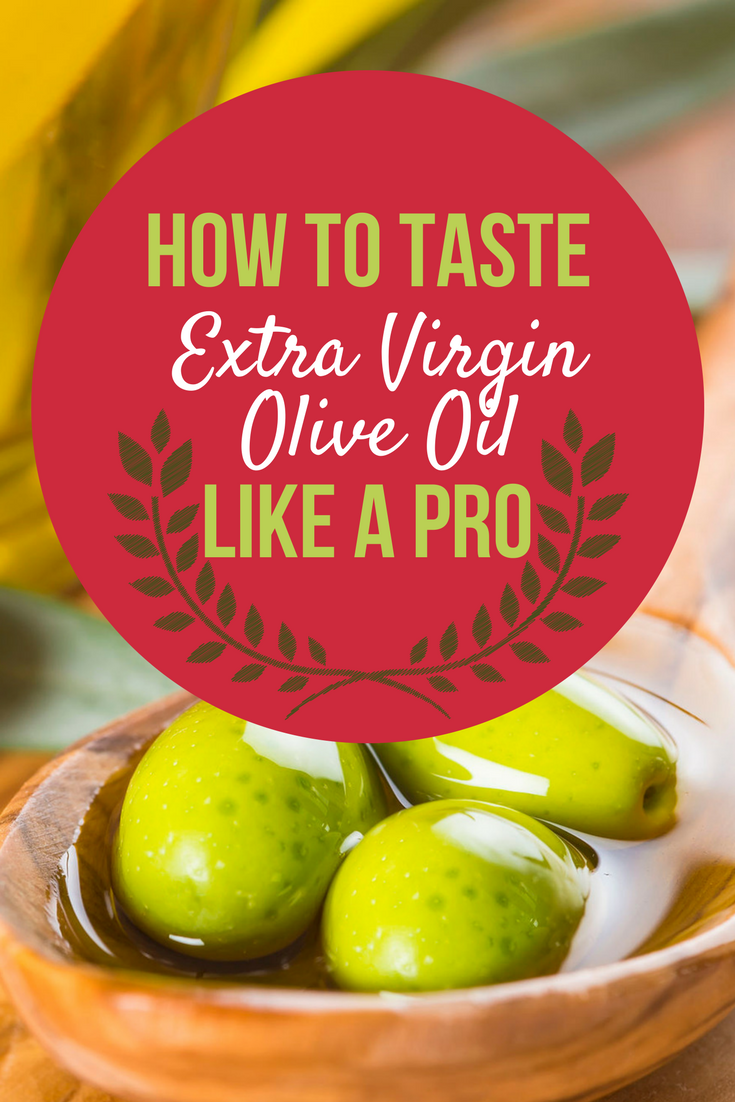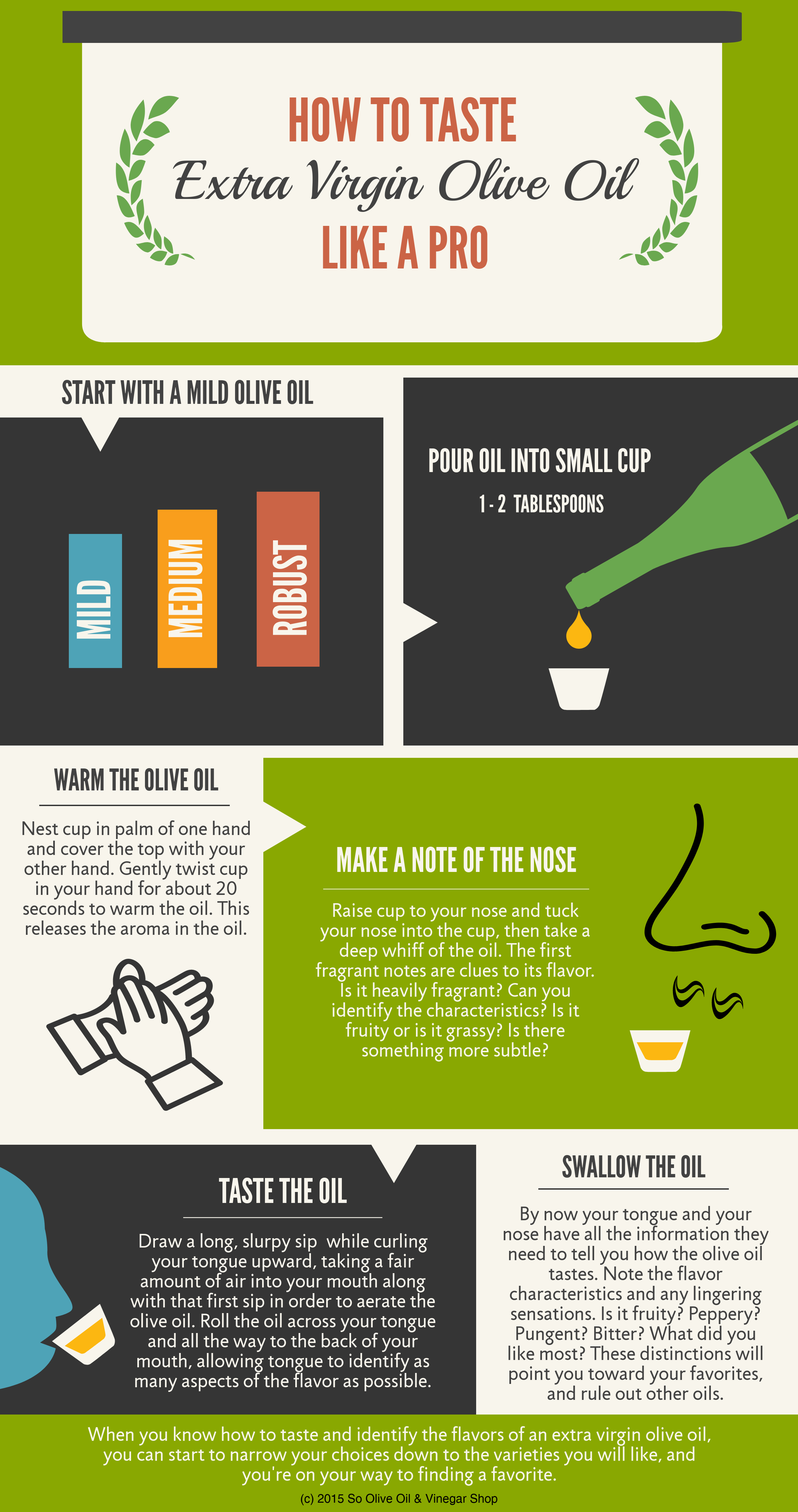
High quality extra virgin olive oil is an excellent healthy substitute for other fats in baking. When a recipe calls for a liquid fat such as melted butter or vegetable oil, why not use olive oil? In fact, it might even make your baked goods taste better. Just make sure you use the good kind because not all olive oils are equal.
What’s so healthy about olive oil?
Oleic acid and polyphenols found in olive oil make it a healthy choice.
Oleic acid, a monounsaturated fatty acid (MUFA) is responsible for lowering cholesterol levels and helps with blood sugar control. And it so happens that MUFAs are higher in olive oil than any other vegetable fats. A good quality olive oil should have at least 65% of oleic acid because then your olive oil will be more stable and have a higher shelf life.
That tingling sensation you feel in the back of your throat after swallowing olive oil? Those are polyphenols, another healthy reason for using it in your baking. These help to protect our bodies from oxidative stress and disease.
Olive Oils come in various intensities that can impact baking.
Depending on the type of olive cultivar and growing conditions, an olive oil can come out to be mild, medium or robust.
The various intensities can impact the flavor of the cookie, cake or the bread you bake. Keep in mind that the more robust the olive oil, the more olive flavor will come through. If you don’t want a strong olive flavor, start with a mild, fruity olive oil.
Another good rule of thumb is to use the olive oil that you like for dipping your bread.
If you are baking something more savory or making nice rustic crusty bread, a medium or robust olive oil will work great.
Baking With Flavored Olive Oil
Whether you bake from scratch or from a box, flavored olive oils can take your baking to another level.
Lemon or blood orange agrumato olive oil work well when a recipe calls for a citrus flavor. What makes these flavored olive oils special? The entire fruit and olives are crushed together giving the olive oil an outstanding concentrated flavor. No need to zest lemons or oranges.
How do blood orange brownies sound? Grab your favorite brownie recipe or box mix and substitute with blood orange olive oil.
Do you have a go to favorite yellow cake mix? Add lemon olive oil to make a lemon cake. The lemon flavor will shine right through. I find that it gives a better flavor to the cake than zesting a lemon.
Baking something more savory? A rosemary olive oil will does well when making crusty rosemary olive oil bread.
How about spicy corn bread? Replace the fat with a chili olive oil.
Try these Blueberry-Coconut Lime Muffins using Persian lime infused extra virgin olive oil.
More Baking Tips
When a recipe calls for vegetable oil, you can be substitute the vegetable at equal measure. But when the recipe calls for butter or margarine the conversion rate is slightly different.
See the olive oil conversion guide for substituting olive oil for butter in your recipes.

Now by no means should olive oil replace butter if you are making buttercream frosting because then you will have a glaze instead. Sort of. BUT what you can do is add a few teaspoons lemon olive oil or blood orange olive to add flavor to the buttercream icing. Just make sure you have a higher ratio of butter.
When making cookie dough, a high speed mixer or a food processor works best. These appliances incorporate the oils with the flour and sugar much better than by hand. You might need less oil when replacing the butter than what the conversion chart calls for. Cookie dough can become very oily.
Pie crust with olive oil? It can be done AND it’s easier. Use a mild, fruity olive oil for a sweet pie and a medium to robust oil for savory quiche crust.
For more olive oil baking ideas, take a look at our Pinterest Board for olive oil dessert recipes.




